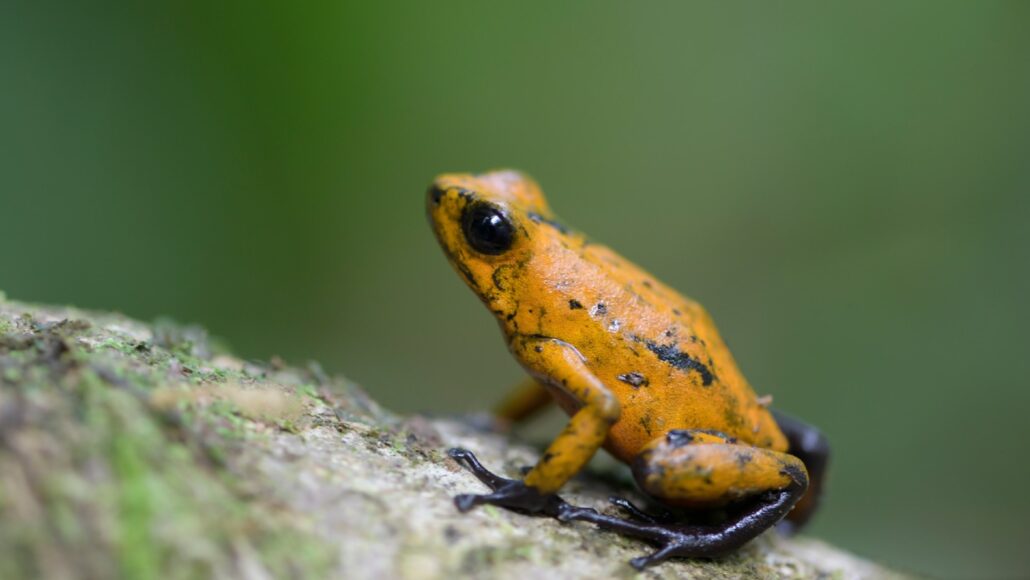
Animals
At last: How poison dart frogs ship defense toxins to their skin
A liver protein appears to help the amphibians collect and move toxins from their food to their skin. Those toxins can defend the frogs from predators.
Come explore with us!

A liver protein appears to help the amphibians collect and move toxins from their food to their skin. Those toxins can defend the frogs from predators.

Weekly updates to help you use Science News Explores in the learning environment
Thank you for signing up!
There was a problem signing you up.

Bacteria do many useful jobs almost everywhere on Earth, from the soil to the seafloor to our stomachs.
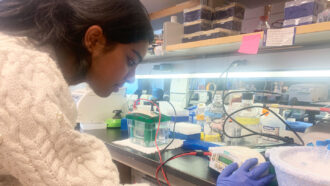
When looking for research ideas, listen to the people around you. What problems are they facing? What could you do to help?

Your dog is wagging its tail. That must mean it’s happy, right? Maybe not. Scientists know less about what’s behind this behavior than you might think.

Confirmation bias is the tendency to seek out and believe information that agrees with what we already think.
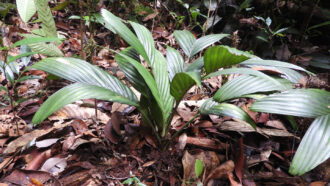
Plants across 33 families are known for subterranean flowering or fruiting. But this palm is extremely rare. It does both.
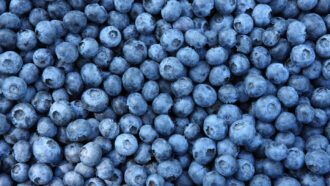
Blueberries actually have dark red pigments — no blue ones — in their skin. Tiny structures in the fruits’ waxy coat are what make them seem blue.
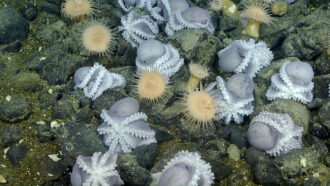
Underwater cameras and other instruments investigated why so many pearl octopuses gather here to mate and nest.
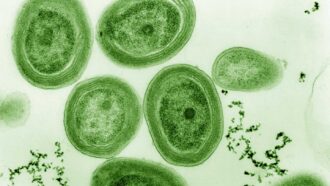
Microscopic fossils from Australia suggest that some bacteria evolved structures for oxygen-producing photosynthesis by 1.78 billion years ago.
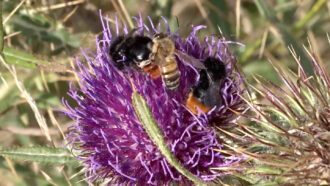
Observations of honeybee pollen theft from bumblebees suggest it may be a crime of convenience, based on ease of access to the prized food.